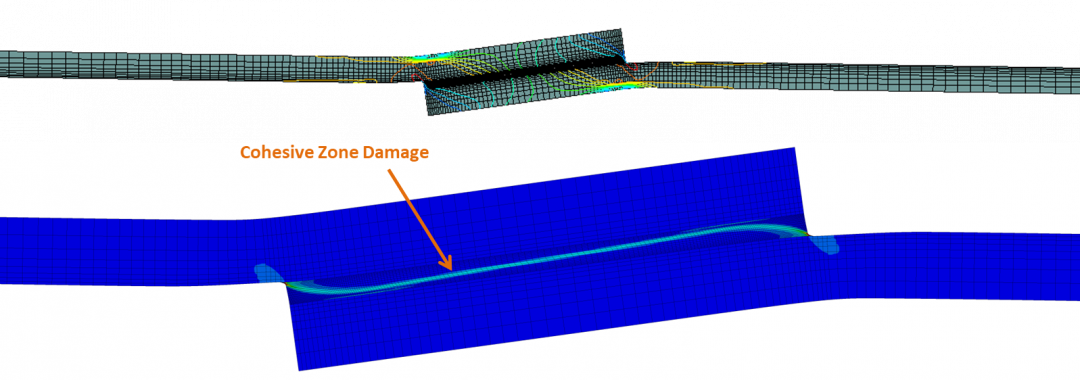
Imagine, a world where product engineering is reduced to pressing a button. The design is based on experience, and analysis is performed instantaneously. Imagine the benefits of faster time to market with reliable engineering and minimal engineering costs.
While we are not there yet, our mission at Endeavos Innovations Inc. is to achieve this goal by utilizing a comprehensive suite of templates, libraries, and macros that automate workflow and eliminate errors. Utilizing this unique system enables us to deliver faster and more reliably, which translates into lower analysis costs and faster project delivery.
Endeavos Innovations Inc.
453 Kinns Road, Clifton Park, NY 12065, USA
Phone: (518) 312-1466
Email: zaeem@endeavos.com
